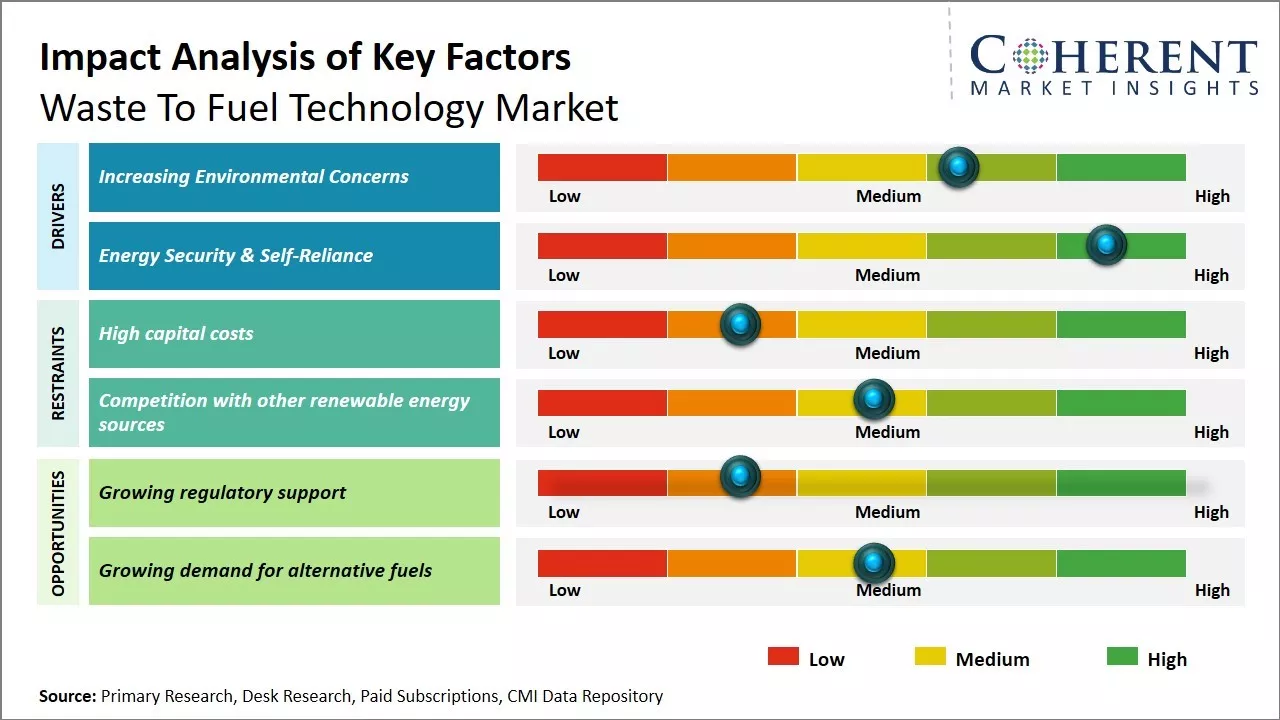The waste to fuel technology market is estimated to be valued at USD 662.3 Mn in 2025 and is expected to reach USD 5,194.8 Mn by 2032, growing at a compound annual growth rate (CAGR) of 34% from 2025 to 2032.

To learn more about this report, Request sample copy
The waste to fuel technology market is expected to witness significant growth over the forecast period. The growing concerns regarding greenhouse gas emissions and the increasing need to find sustainable alternatives to fossil fuels are expected to drive the adoption of waste to fuel technology. Furthermore, landfills are reaching their maximum capacities in several countries due to the huge amounts of urban and industrial waste being generated daily. This is increasing the need for scientific waste management practices and alternative solutions to process waste into reusable fuels and materials. Various government initiatives to promote the production of renewable fuels and materials from waste are also fueling the growth of this market. However, the high capital investments required for setting up waste to fuel plants may restrain the market growth.
Increasing Environmental Concerns
Increasing environmental concerns are expected to drive the market growth. For instance, Investment in Renewables and Electric Vehicles via the Inflation Reduction Act Passed in 2022 aims to cut greenhouse gas emissions by around 40% below 2005 levels by the end of the decade. It supports investments in renewable energy and electric vehicles, which are crucial components of combatting climate change. There is a growing concern amongst people and governments regarding the alarming rise in waste levels and its serious threats to the environment. Tons of garbage is ending up in landfills every day causing pollution of soil and groundwater along with emissions of methane gas which is a potent greenhouse gas. Limited landfill space in many cities and countries has emerged as a huge problem requiring innovative waste management strategies. The traditional methods of dumping, land filling, and incineration are coming under scrutiny due to various environmental hazards. At the same time, recycling has its own challenges and limits in terms of volumes handled. Waste-to-fuel technology addresses these issues by converting non-recyclable or mixed waste into a renewable source of energy in the form of refuse derived fuel, bio-fuel, or electricity. It not only diverts waste from landfills but also provides an eco-friendly way of disposing waste. This dual benefit has attracted significant interest from both public and private entities who want to proactively adopt greener solutions. Various government policies and regulations particularly in developed markets are also favoring such alternative waste treatment technologies to meet stringent emission standards and sustainability goals. As environmental stewardship gains more prominence globally, waste-to-fuel is expected to play a crucial role in powering a circular economy.
Joining thousands of companies around the world committed to making the Excellent Business Solutions.
View All Our Clients